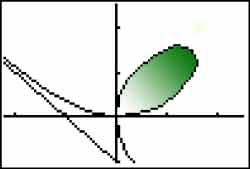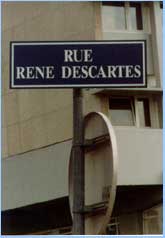
Find the area of the loop bounded
by the
Folium of Descartes:
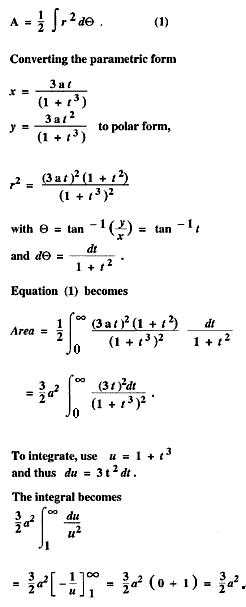
____________
Please click on the thumbnail image below to see an enlarged view of these equations.
"Cogito ergo sum"
( I think, therefore I am.)

| Back to . . .
Area of the Loop Many famous curves have names from nature. "Folium" means leaf. "Cissoid" means ivy shaped. "Conchoid" implies the shape of a sea shell. "Petal" and "Rose" are more obvious in English. |
This section . . . .
|
Move the mouse over
this line.
The slant asymptote is at
t
= -
1.
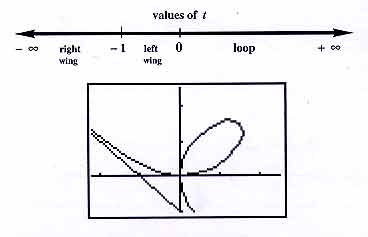
|
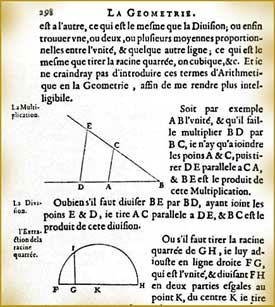 |
||
|
|
|||
| Bell, E. T., Men of Mathematics, Chapter 3 in various editions and publishers. Bell's essay entitled Descartes: Gentleman, Soldier, and Mathematician is a wonderfully written description of a "particularly full and interesting life." | Yates, R. C., Curves and their Properties, NCTM, 1952, pp. 98 - 99. Also in A Handbook on Curves and their Properties, various publishers including the NCTM. | ||

